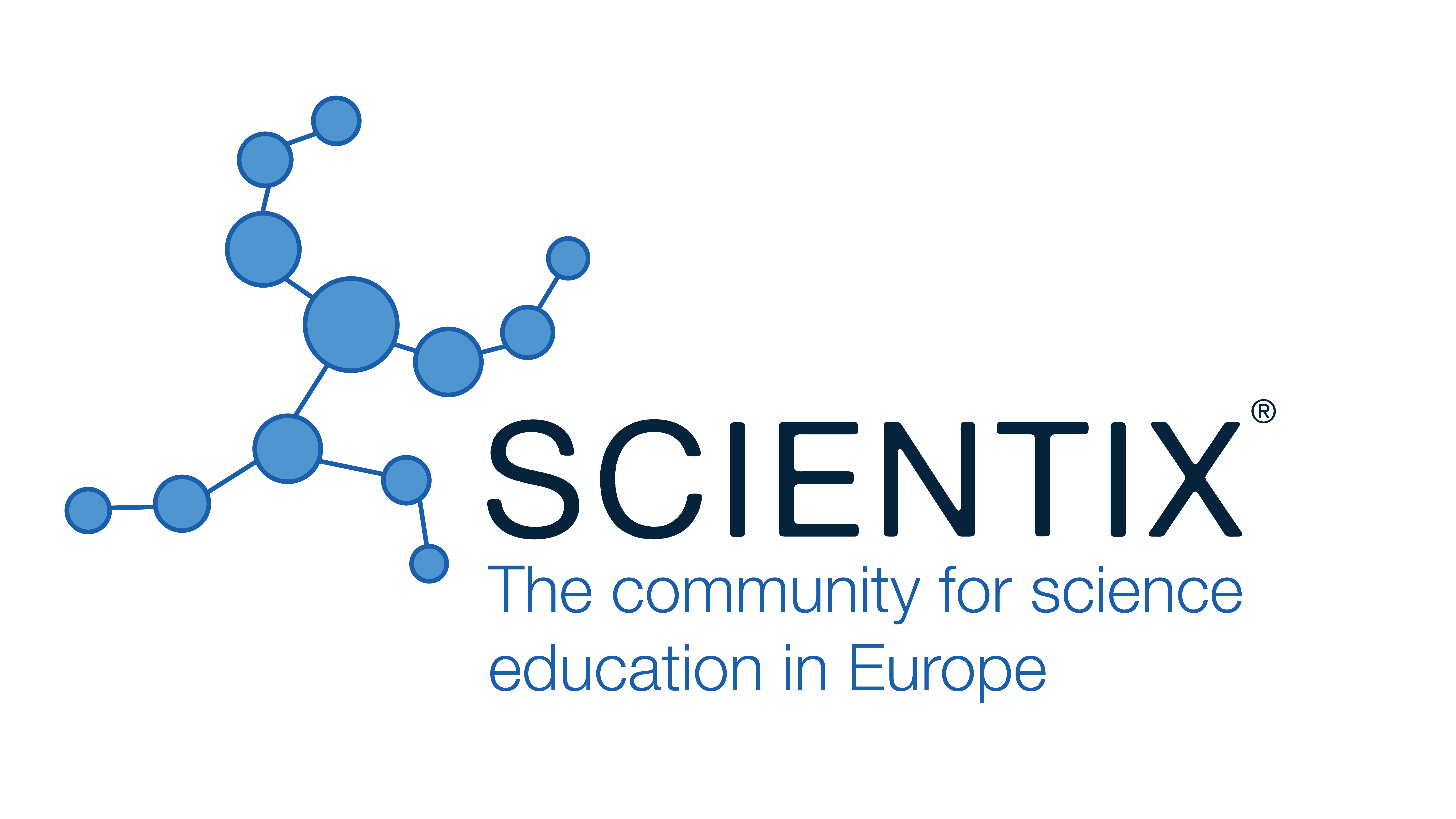The Potential of Organic Nanomaterials for Photocatalytic Dye Degradation and Hydrogen Production in Schools
Malte Petersen, Carl von Ossietzky University Oldenburg, Institute for Chemistry, Chemistry Education, 26129 Oldenburg, Germany (Germany)
Jonathan Bauschulte, Carl von Ossietzky University Oldenburg, Institute for Chemistry, Chemistry Education, 26129 Oldenburg, Germany (Germany)
Timm Wilke, Carl von Ossietzky Universität Oldenburg, Institute for Chemistry, Chemistry Education Department, 26129 Oldenburg, Germany (Germany)
Abstract
The broad potential of nanomaterials has been utilized in various applications within society for some time now. Partly because of this development, this subject has been included in the national educational standards in Germany [1] and therefore has to be introduced to students in school in the nearest future. A current development in science is the use of nanomaterials for photocatalytic applications to be able to use the sun directly as a primary source of energy [2].
We present a learning unit to open up the potential of nanomaterials for photocatalytic applications for chemistry education. In this unit, the teacher can produce polymeric carbon nitrides from urea in a low-cost synthesis [3]. These organic nanomaterials [4] are used to teach two central applications for photocatalytic processes. On the one hand, the dye brilliant blue, used as a model pollutant, can be degraded at a wavelength of 395 nm within 10 minutes. On the other hand, photocatalytic hydrogen can be produced and detected within 30 minutes using a newly developed hydrogen-sensitive detection foil [3].
The fast and low-cost experiments enable schools to convey the potential of nanomaterials with little effort. Within the unit, the advantages and disadvantages of organic nanomaterials compared to nanomaterials made of transition metals are discussed. Furthermore, students can discuss the potential of nanomaterials for a future society and address current obstacles, therefore connecting the learning unit to sustainability-related topics.
|
Keywords |
organic nanomaterials, photocatalysis, dye degradation, hydrogen, hydrogen detection |
|
REFERENCES |
[1] Kultusministerkonferenz (2020). Bildungsstandards im Fach Chemie für die Allgemeine Hochschulreife. Beschluss der Kultusministerkonferenz vom 18.06.2020. [2] Feliczak-Guzik, A. (2022). Nanomaterials as Photocatalysts-Synthesis and Their Potential Applications. Materials (Basel, Switzerland) 16/1. [3] Petersen, M. et al. (2024). Synthesis of Polymeric Carbon Nitrides in a low-cost Moka Furnace for Photocatalytic Hydrogen Generation with Visible Light. J. Chem. Educ. submitted [4] Wen, J., Xie, J., Chen, X., Li, X. (2017). A review on g-C 3 N 4 -based photocatalysts. Applied Surface Science 391, 72–123. |
 New Perspectives in Science Education
New Perspectives in Science Education





























